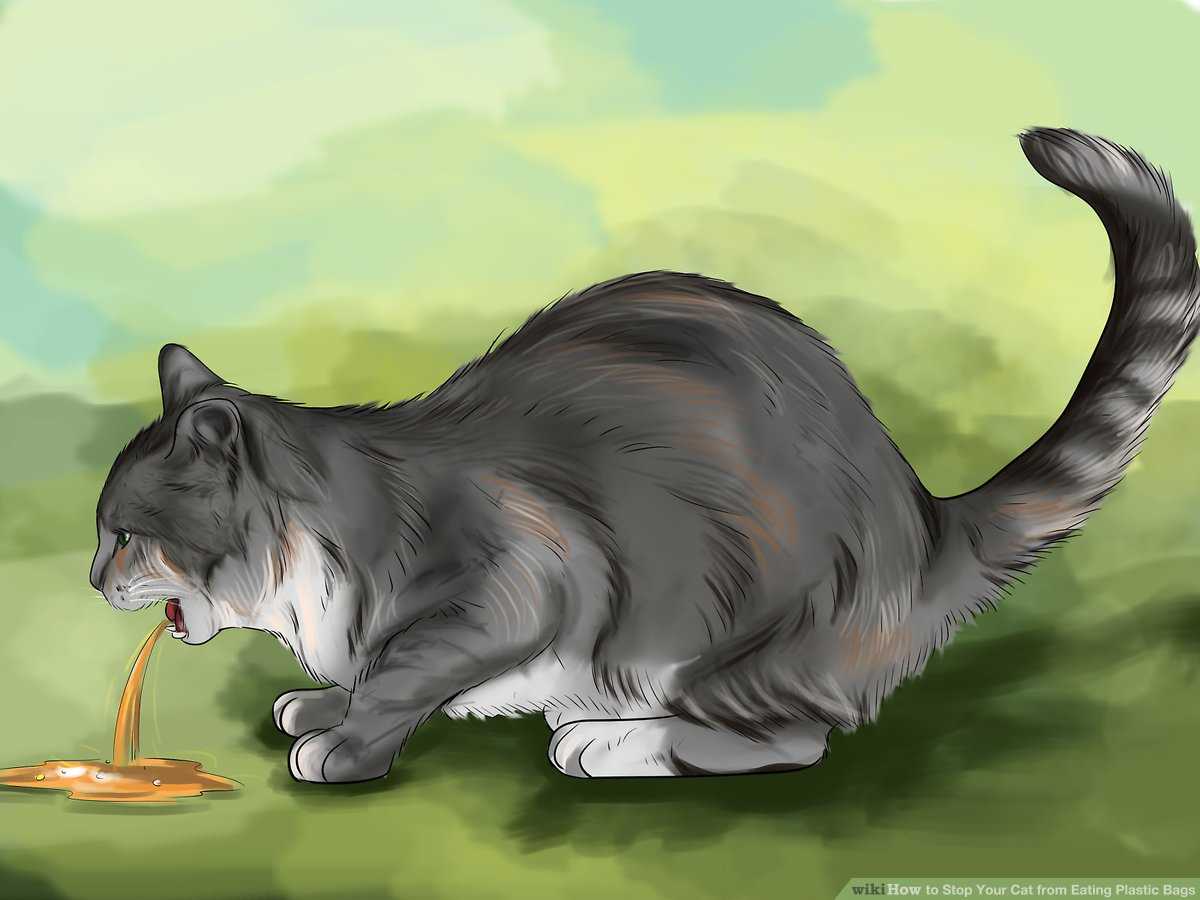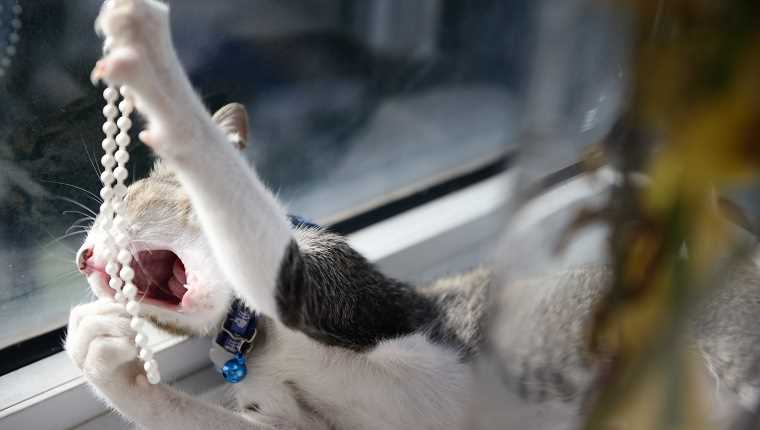

As an 8-year-old Scottish Fold, I’ve developed a strange fascination with certain materials, particularly those that crinkle and crunch. It’s not about hunger; it’s more about the texture and sound that these items create. If you notice this behavior, it may stem from instinctual traits. Animals like me are naturally curious, often exploring the world through our senses, and plastic can be an intriguing object to investigate.
Many companions in my household have similar interests. Engaging with these objects can provide mental stimulation. However, it’s essential to monitor this behavior closely. Ingesting foreign materials can lead to health issues, so if you see me or my friends showing interest in these items, it may be wise to remove them from our reach.
Sometimes, the allure of these materials can also be linked to boredom or the need for more enrichment in our environment. Interactive toys, puzzle feeders, and engaging playtime can redirect this fascination towards safer alternatives. Providing a variety of stimulating options can keep our minds occupied and reduce the urge to explore potentially harmful items.
Why My Feline Friend Is Drawn to Plastic
First, it’s essential to understand that sometimes, chewing on synthetic materials can stem from boredom. Offering engaging toys or interactive playtime can help redirect this interest. Keeping an eye on my playful antics ensures I remain entertained and less likely to explore unconventional snacks.
Secondly, my curiosity often leads me to investigate different textures. Some of those shiny wrappers or crinkly bags catch my attention due to their unique feel. Providing a variety of safe chew toys with different textures can satisfy this need for sensory exploration.
Additionally, certain scents can make these materials appealing. If a plastic item has absorbed food odors or other enticing smells, I might be tempted to sample it. Regularly cleaning up any remnants of food and storing items in sealed containers can reduce this attraction.
Lastly, nutritional deficiencies might play a role in this behavior. If I’m not getting enough essential nutrients, I might seek out non-food items. Regular vet check-ups ensure I’m receiving a balanced diet, which helps curb unwanted munching on things that aren’t edible.
Understanding Pica in Cats

For those curious about this quirky behavior, it’s important to recognize that pica often stems from various underlying issues. Nutritional deficiencies, behavioral problems, or even boredom can lead to the consumption of non-food items.
To tackle this, consider the following strategies:
| Concern | Recommended Action |
|---|---|
| Nutritional Deficiency | Consult with a vet to assess dietary needs and adjust nutrition accordingly. |
| Behavioral Issues | Engage in interactive play and provide stimulating toys to redirect attention. |
| Boredom | Introduce new activities, such as puzzle feeders or training sessions, to keep things interesting. |
| Stress or Anxiety | Create a safe space and consider calming products or pheromones to reduce stress levels. |
Monitoring behavior is key. Keeping a journal of what gets nibbled can reveal patterns and help identify triggers. Regular vet check-ups ensure overall health is maintained, addressing any potential medical concerns that could contribute to this habit.
Understanding the motivations behind these actions leads to better strategies for managing them. Always prioritize health and happiness above all else.
Common Reasons Felines Are Attracted to Plastic
One reason for this fascination is the texture. The crinkly sound of plastic can mimic the rustling of prey, triggering a playful instinct. I often find myself batting around plastic bags or wrappers just for the fun of it.
Another factor is scent. Plastic can retain various smells that pique curiosity. Sometimes, remnants of food or other intriguing odors linger on these materials, making them seem appealing.
Exploration is also a big part of my attraction. As a naturally curious creature, I enjoy investigating different objects in my environment. Plastic items provide unique shapes and surfaces to explore, which keeps my inquisitive mind engaged.
Some of us may exhibit a behavior known as pica, where ingestion of non-food items occurs. This can stem from nutritional deficiencies or stress. It’s essential to monitor any unusual habits and consult a veterinarian if necessary.
Lastly, boredom can lead to odd behaviors. Engaging toys and stimulating environments can help redirect attention from plastic to more appropriate playthings.
Health Risks Associated with Plastic Consumption
Direct ingestion of synthetic materials poses significant health hazards for furry companions. Blockages in the digestive tract may occur, leading to severe discomfort and necessitating surgical intervention. Symptoms to watch for include vomiting, lethargy, and loss of appetite.
Choking is another risk associated with chewing on non-food items. Small pieces may become lodged in the throat, causing immediate danger and distress.
Potential Toxicity
Many plastics contain harmful chemicals, such as BPA and phthalates, which can leach into the body. Prolonged exposure may disrupt hormonal balance and lead to serious health issues, including reproductive problems and organ damage.
Behavioral Implications
Repeated engagement with non-nutritive substances can lead to compulsive behaviors, reinforcing a cycle that complicates overall well-being. Addressing these habits early is crucial in promoting a healthier lifestyle.
To redirect focus away from harmful objects, consider providing engaging alternatives, such as interactive toys or the best scratching post for cats nails. Keeping the living space safe and stimulating minimizes the likelihood of unwanted chewing habits.
How to Discourage Plastic Eating Behavior
Remove access to all plastic items. Store bags, wrappers, and other materials in secure containers. This prevents unwanted chewing and ingestion.
Provide alternative toys. Focus on interactive and engaging playthings that capture attention, such as:
- Feather wands
- Laser pointers
- Catnip-filled toys
Introduce a distraction strategy. When I notice my feline companion approaching a plastic item, I redirect their focus to a more suitable alternative. Using treats or favorite toys works well.
Modify the Environment
Consider using deterrent sprays on plastic surfaces. These products can create an unappealing taste or scent that discourages chewing.
Regularly clean areas where plastic items are stored. Keeping spaces tidy reduces the likelihood of curiosity and exploration of items that are not safe.
Monitor Stress Levels
Address any potential stressors in my household. Providing a calm environment can reduce the urge to engage in unusual behaviors. Create cozy spots for relaxation and ensure plenty of mental stimulation.
Consult a veterinarian if the behavior persists. A professional can provide tailored advice and rule out any underlying health concerns that might contribute to these habits.
Alternatives to Satisfy Your Chewing Instinct
Try offering safe chewing options like rubber toys specifically designed for feline use. These can provide the necessary texture without posing any risks to health.
Consider natural alternatives, such as dried fish skins or chicken jerky. These treats are not only enjoyable but also contribute to a balanced diet, making them a great replacement for harmful materials.
Interactive toys can keep me engaged and mentally stimulated. Puzzle feeders that dispense treats are excellent for keeping boredom at bay and satisfying my urge to chew.
Providing dental chews or treats designed for oral health can also help. These products are crafted to promote dental hygiene while offering a satisfying chew experience.
Engaging in regular playtime with feather wands or laser pointers can redirect my focus from inappropriate items to more suitable alternatives. This keeps my energy levels balanced and my instincts satisfied.
Lastly, consider incorporating more fabric or soft materials into my environment, like crinkly cat blankets or plush toys. These can mimic the texture of plastic, providing a safer outlet for my chewing habits.
For pet owners looking for a practical solution to other needs, check out this best small air compressor for filling car tires for household chores.
When to Consult a Veterinarian About Plastic Consumption

If you notice persistent nibbling on non-food items, it’s time to reach out for professional advice. Symptoms such as vomiting, lethargy, or changes in appetite signal the need for immediate attention. A vet can assess any internal damage or blockages resulting from ingested materials.
Regularly finding pieces of plastic in your fur or around your eating area may indicate a deeper issue. If this behavior escalates or occurs alongside other concerning signs, don’t hesitate to schedule an appointment. Early intervention can prevent severe health complications.
Consider a consultation if your companion shows signs of distress or discomfort after consuming synthetic items. Monitoring for gastrointestinal issues, such as diarrhea or straining, is essential. Any unusual behavior should prompt a visit to ensure everything is functioning correctly.
Keep detailed notes of eating habits and behaviors; this information can greatly assist your veterinarian in determining the underlying cause. Observations about the frequency and quantity of plastic ingested will provide valuable insights during your visit.
FAQ:
Why does my cat seem to enjoy eating plastic?
Cats may be drawn to plastic for several reasons. One common explanation is that the texture and sound of plastic can be intriguing to them. Some cats enjoy the crinkling noise that plastic bags make, which can mimic the sounds of prey. Additionally, certain types of plastic may have a smell that is appealing to cats, as they have a keen sense of smell. Another reason could be a behavioral issue known as pica, where animals eat non-food items due to boredom, stress, or nutritional deficiencies. If your cat is persistently chewing on plastic, it might be worth consulting a veterinarian to rule out any underlying health concerns.
Is it harmful for my cat to eat plastic?
Yes, it can be harmful for your cat to eat plastic. Ingesting plastic can lead to various health issues, including gastrointestinal blockages, which can be life-threatening. Symptoms of such blockages may include vomiting, loss of appetite, and lethargy. If you notice your cat has ingested a significant amount of plastic or shows signs of distress, it’s important to seek veterinary care immediately. Additionally, even small pieces of plastic can cause dental issues or choking hazards. Keeping plastic items out of your cat’s reach and providing them with safe toys can help prevent these risks.









